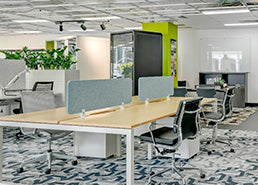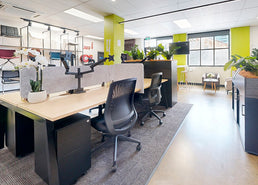- Office Furniture
- Office Desks
- Student Desks
-
Quadro Cylinder Leg Office Desk [1400L x 700W]
Regular price $518Regular priceUnit price / per -
Quadro A Legs Office Desk - Wood Legs...
Regular price $497Regular priceUnit price / per -
Switch Executive Desk [1200L x 700W]
Regular price $634Regular priceUnit price / per -
Quadro Cylinder Leg Office Desk [1400L x 700W]
Regular price $518Regular priceUnit price / per -
Quadro A Legs Office Desk - Wood Legs...
Regular price $497Regular priceUnit price / per -
Switch Executive Desk [1200L x 700W]
Regular price $634Regular priceUnit price / per -
Quadro Square Legs Office Desk [1000L x 600W]
Regular price $265Regular priceUnit price / per -
Quadro Loop Legs Office Desk [1200L x 800W...
Regular price $439Regular priceUnit price / per -
![Quadro A Leg Office Desk [1000L x 600W] Jasonl White white](//www.jasonl.com.au/cdn/shop/products/quadro-a-leg-office-desk-1000l-x-600w-576956.jpg?v=1657768809&width=370)

Quadro A Legs Office Desk [1000L x 600W]
Regular price $265Regular priceUnit price / per -
Quadro Loop Legs Office Desk [1000L x 600W]
Regular price $335Regular priceUnit price / per -
Switch Executive Desk [1200L x 700W]
Regular price $634Regular priceUnit price / per -
Quadro Cylinder Leg Office Desk [1400L x 700W]
Regular price $518Regular priceUnit price / per -
Quadro A Legs Office Desk - Wood Legs...
Regular price $497Regular priceUnit price / per -
Horizon Quadro A Legs Office Desk [1200L x...
Regular price $759Regular priceUnit price / per
Get your fitout booked today

Completed in under 10 days.

With dedicated project management from start to finish.

Full-service. Layout design,
delivery, and installation.
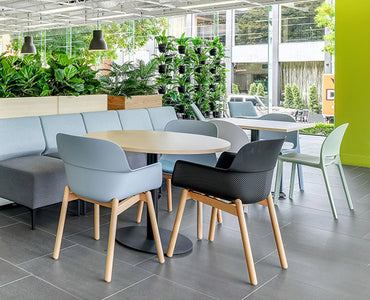
And showrooms nationwide for your convenience.
Our client's experience
Read case study
The furniture is great quality, very robust. You can just hand over the task to them and let them manage it for you so that you can get on with business as usual.
Dean TaylorChief Executive Officer at KaddySarah Khodr
@Sarah Khodr - 3day(s) ago
Super happy with the service. The boardroom table was built quickly and looks great. Fast, efficient, and easy to deal with. Would definitely...
Monika C
@Monika C - 23day(s) ago
Each and every member from Jason L team were great, Ty went above and beyond to help and install the whiteboards in our...
Danni Hillier
@Danni Hillier - 24day(s) ago
The delivery guys were amazing, so professional and helpful delivering our desk and putting it together in our office Thank you!
Sophia Garro
@Sophia Garro - 1month(s) ago
Our experience with Jason L Furniture has been outstanding from start to finish. The quality of their products is exceptional with a diverse...
Want the full JasonL experience?
Stop by a showroom and say hello.
Sydney City Showroom
Shop 3, 29-31 O'Riordan Street,
Alexandria, NSW 2015
Call: 1300 350 618 Alexandria, NSW 2015
Get Directions
3D Showroom
walkthrough
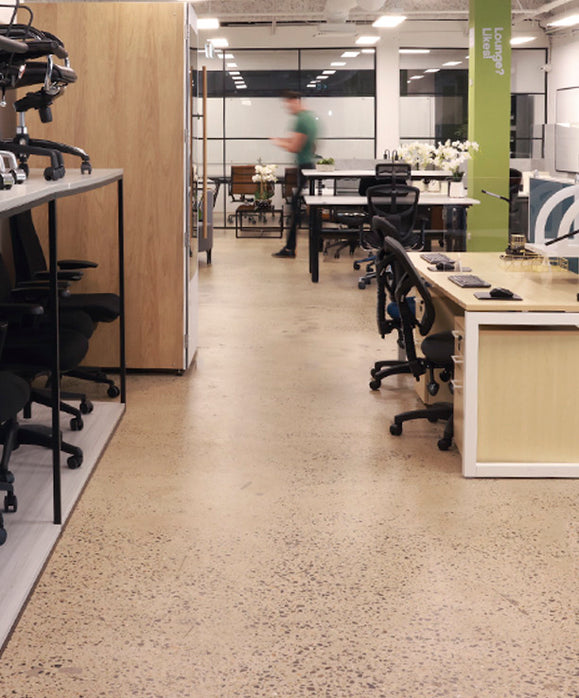
Brisbane Showroom
728 Ann Street,
Fortitude Valley, QLD 4006
Call: 1300 350 629 Fortitude Valley, QLD 4006
Get Directions
3D Showroom
walkthrough

Western Sydney Showroom
15 Sturt Street,
Smithfield, NSW 2164
Call: 1300 350 624 Smithfield, NSW 2164
Get Directions
3D Showroom
walkthrough

Adelaide Showroom
176 Grote Street,
Adelaide, SA 5000
Call: 1300 395 731 Adelaide, SA 5000
Get Directions
3D Showroom
walkthrough

Melbourne Showroom
100 Park Street,
South Melbourne, VIC 3205
Call: 1300 350 627 South Melbourne, VIC 3205
Get Directions
3D Showroom
walkthrough

Perth Showroom
11 King Edward Road,
Osborne Park, WA 6017
Call: 1300 249 035 Osborne Park, WA 6017
Get Directions
3D Showroom
walkthrough

East Coast Distribution Centre
2A/149 McCredie Road,
Smithfield, NSW 2164
Call: 1300 350 624 Smithfield, NSW 2164
Get Directions
3D Showroom
walkthrough


Delightful support
from real people
Meet Zac our Chief Operating Officer. Zac has been with the company just over 10 years and was one of the first employees to join JasonL. He was the person packing every shipment when JasonL was still a small company with big ambitions. That hands-on approach is still his (and our) motto today and that's why we continue to deliver personal, tailor-made fitouts. Fast! Thank you Zac!

Patrick Coghlan
CEO at Creditor WatchThey’ve just been really easy to deal with. So an initial enquiry, a conversation with them and to be honest the process has been quite seamless from beginning to end. We’ve continued to use them for over five years now.

["759","497","518","634","335","265","439","265"]


![Quadro Cylinder Leg Office Desk [1400L x 700W] Jasonl white leg white](http://www.jasonl.com.au/cdn/shop/files/quadro-cylinder-leg-office-desk-1400l-x-700w-721356.jpg?v=1749454044&width=370)

![Quadro A Leg Office Desk - Wood Leg Cross Beam [1000L x 600W] Jasonl White white](http://www.jasonl.com.au/cdn/shop/products/quadro-a-leg-office-desk-wood-leg-cross-beam-1000l-x-600w-482433.jpg?v=1736249923&width=370)

![Switch Executive Desk [1200L x 700W] Jasonl wood imprint leg white none](http://www.jasonl.com.au/cdn/shop/products/switch-executive-desk-1200l-x-700w-936209.jpg?v=1660360140&width=370)
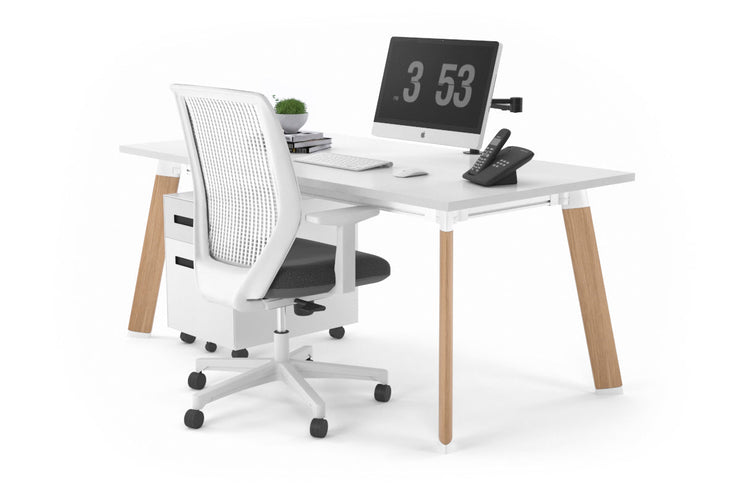
![Quadro Square Leg Office Desk [1000L x 600W] Jasonl White white](http://www.jasonl.com.au/cdn/shop/products/quadro-square-leg-office-desk-1000l-x-600w-764103.jpg?v=1736330519&width=370)
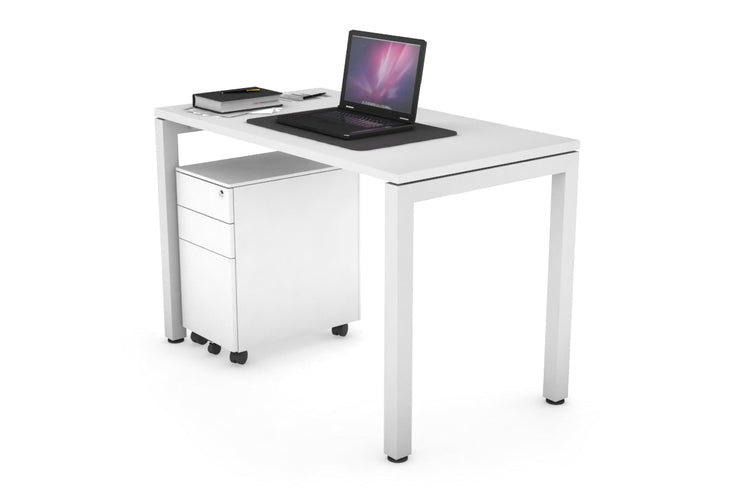
![Quadro Loop Leg Office Desk [1200L x 800W with Cable Scallop] Jasonl white leg white none](http://www.jasonl.com.au/cdn/shop/products/quadro-loop-leg-office-desk-1200l-x-800w-with-cable-scallop-990190.jpg?v=1655240584&width=370)

![Quadro A Leg Office Desk [1000L x 600W] Jasonl White white](http://www.jasonl.com.au/cdn/shop/products/quadro-a-leg-office-desk-1000l-x-600w-576956.jpg?v=1657768809&width=370)

![Quadro Loop Leg Office Desk [1000L x 600W] Jasonl White white](http://www.jasonl.com.au/cdn/shop/products/quadro-loop-leg-office-desk-1000l-x-600w-535790.jpg?v=1660381527&width=370)
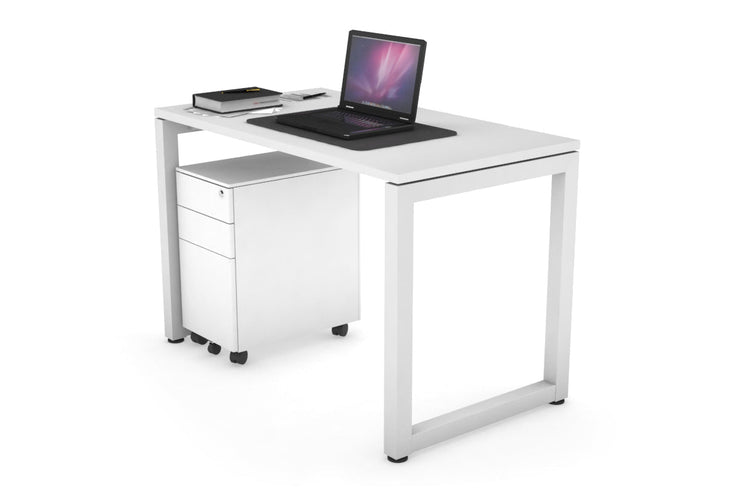
![Horizon Quadro A Leg Office Desk [1200L x 700W] Jasonl white leg maple cool grey (1200H x 1200W)](http://www.jasonl.com.au/cdn/shop/products/horizon-quadro-a-leg-office-desk-1200l-x-700w-672854.jpg?v=1762513031&width=370)




